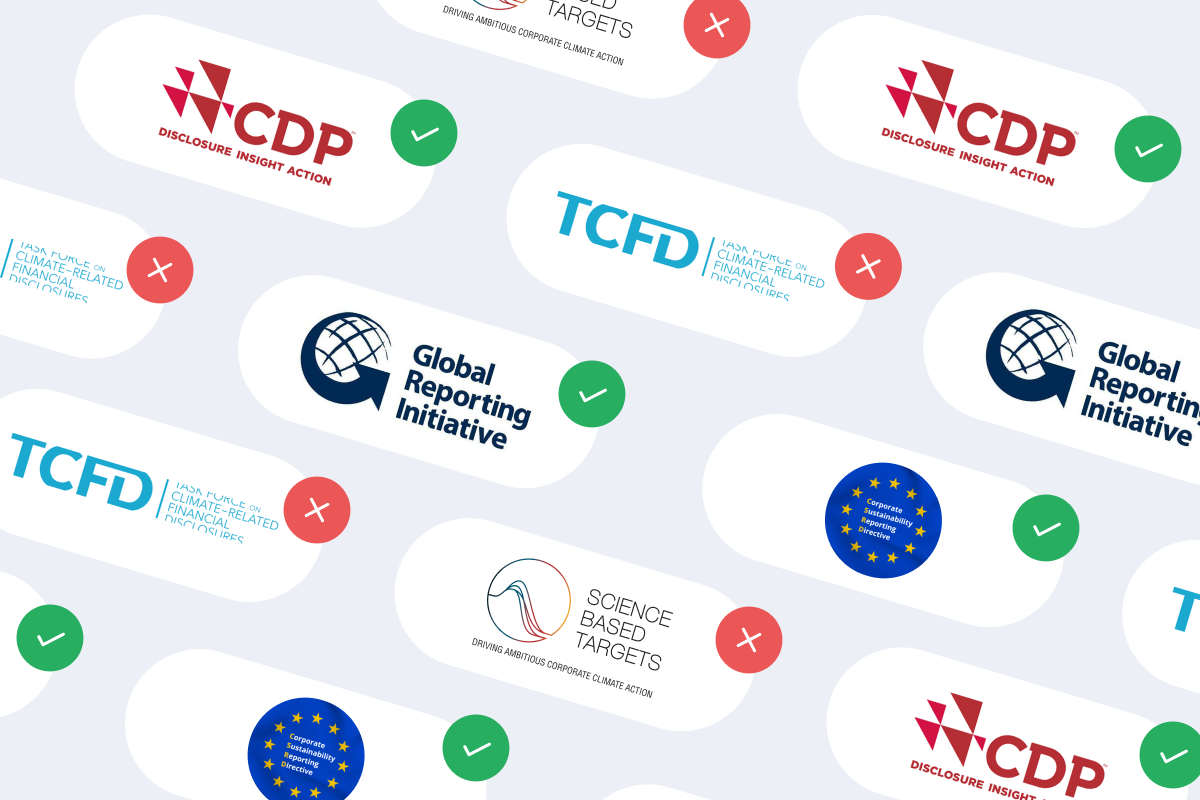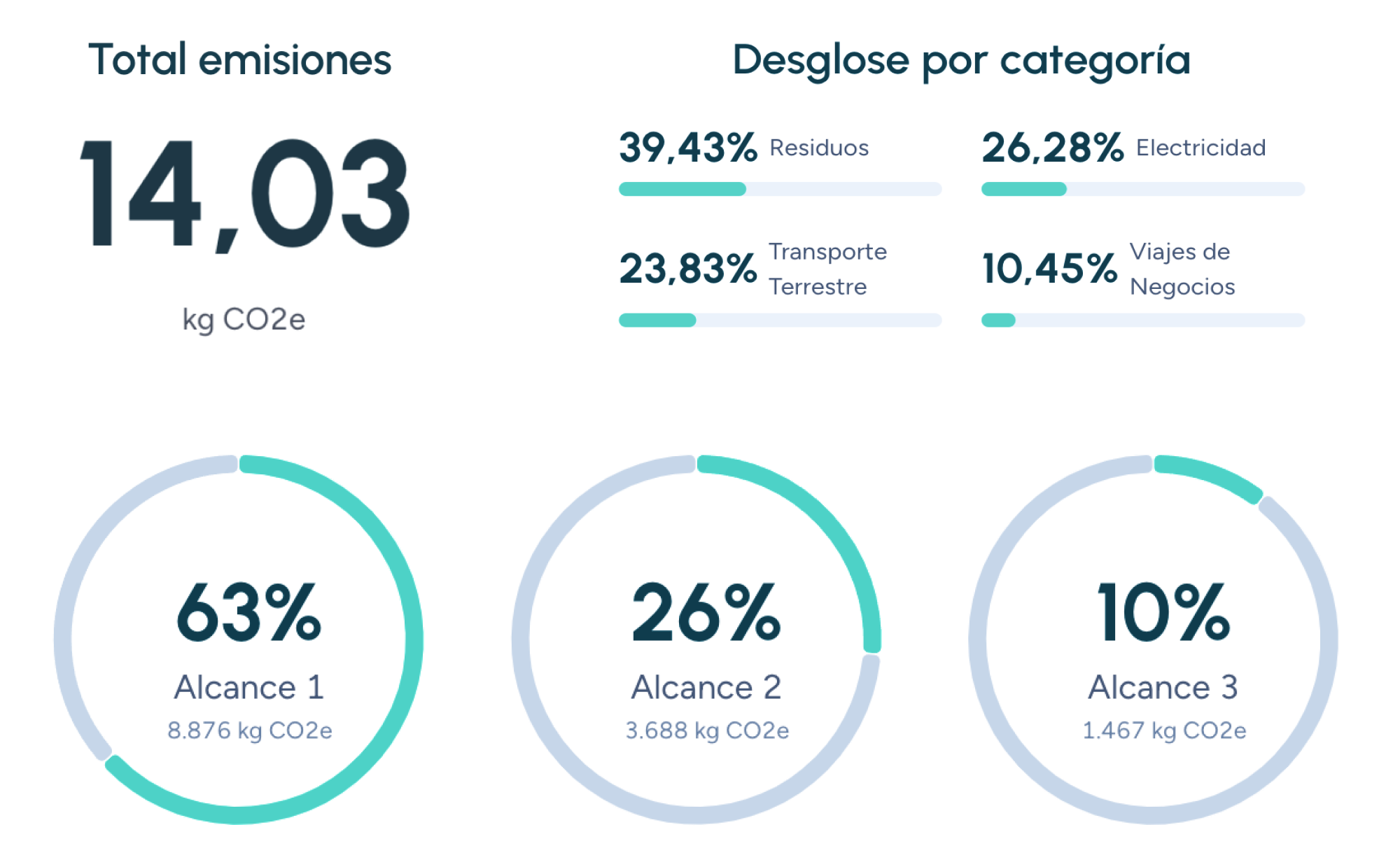I
Impact assessment in the CSRD
The Impact Assessment in the CSRD (Corporate Sustainability Reporting Directive) has become a crucial element for businesses in the era of transparency and corporate responsibility. This European directive requires large companies to report on their environmental, social, and governance (ESG) impact, with carbon footprint being a fundamental component of this assessment.
This article explores the importance of Impact Assessment in the CSRD, its connection to the carbon footprint, and how companies can address this new regulatory challenge.
What is the CSRD Directive?
The CSRD (Corporate Sustainability Reporting Directive) is a European Union regulation aimed at improving the transparency and comparability of sustainability information disclosed by companies. It replaces the Non-Financial Reporting Directive (NFRD) and significantly expands its scope.
What are the objectives of the CSRD Directive?
The CSRD pursues the following objectives:
- Providing comparable and reliable sustainability information to investors and other stakeholders.
- Integrating sustainability into corporate strategy and governance.
- Encouraging sustainable investment and the transition to a more sustainable economy.
Which companies are affected by the CSRD?
The CSRD applies to a wider range of companies compared to the NFRD. This includes:
- All large companies listed on regulated EU markets.
- Non-EU companies with a turnover exceeding €150 million in the EU and having a significant subsidiary or branch within the EU.
The importance of the carbon footprint in the CSRD
The carbon footprint is a key indicator of a company’s environmental impact and plays a crucial role in the CSRD Impact Assessment. The CSRD directive requires companies to report their greenhouse gas (GHG) emissions across Scopes 1, 2, and 3.
Carbon footprint scopes
- Scope 1 emissions: Direct emissions from sources owned or controlled by the company (e.g., combustion in boilers).
- Scope 2 emissions: Indirect emissions from purchased electricity, heat, or steam.
- Scope 3 emissions: Other indirect emissions throughout the lifecycle of the company’s products and services (e.g., supply chain, business travel).
Benefits of impact assessment in the CSRD
Conducting a CSRD Impact Assessment, including carbon footprint measurement, offers numerous benefits to companies:
- Regulatory compliance: Ensures compliance with EU legislation and avoids potential penalties.
- Reputation enhancement: Demonstrates the company's commitment to sustainability and improves its image among investors, customers, and society.
- Access to financing: Facilitates access to sustainable financing and socially responsible investors.
- Risk and opportunity identification: Helps identify sustainability-related risks and opportunities, such as rising emission costs or increasing demand for sustainable products and services.
- Innovation and efficiency: Drives innovation in more sustainable products, processes, and business models, leading to cost savings and competitive advantages.
How to approach the impact assessment in the CSRD directive
To successfully address the CSRD Impact Assessment, companies can follow these steps:
- Understand the CSRD requirements: Become familiar with the directive and its specific reporting requirements, including those related to carbon footprint.
- Collect data: Gather accurate and comprehensive data on GHG emissions across Scopes 1, 2, and 3. This may require collaboration with suppliers and other stakeholders in the value chain.
- Calculate the carbon footprint: Use recognized methodologies, such as the Greenhouse Gas Protocol (GHG Protocol), to calculate the company’s carbon footprint.
- Identify risks and opportunities: Analyze carbon footprint data to identify sustainability-related risks and opportunities.
- Set targets and action plans: Define emission reduction targets and develop concrete action plans to achieve them.
- Integrate sustainability into business strategy: Embed sustainability into corporate strategy and governance to ensure a holistic approach.
- Report on progress: Transparently disclose progress made in reducing carbon footprint and other sustainability aspects.
The CSRD Impact Assessment, with carbon footprint as a central element, is quickly becoming a mandatory requirement for businesses. By adopting a proactive and strategic approach, companies can not only comply with regulations but also leverage the benefits of sustainability to enhance their performance, reputation, and long-term resilience.
Companies that trust us

CO₂ Equivalent
Understand what CO₂ equivalent means and why it's important in measuring the carbon footprint. Learn how it’s calculated and its role in fighting climate change.
Carbon Footprint
The carbon footprint measures the total amount of greenhouse gases emitted directly or indirectly by human activities, and its reduction is key to mitigating climate change through strategies such as energy efficiency and the use of renewable energy.
Carbon Footprint aspects
Discover what a carbon footprint is, why it matters, how it is measured, and the emission scopes defined by the Greenhouse Gas Protocol.
Guiding businesses towards net-zero emissions through AI-driven solutions.
© 2025 Manglai. All rights reserved
Política de Privacidad


